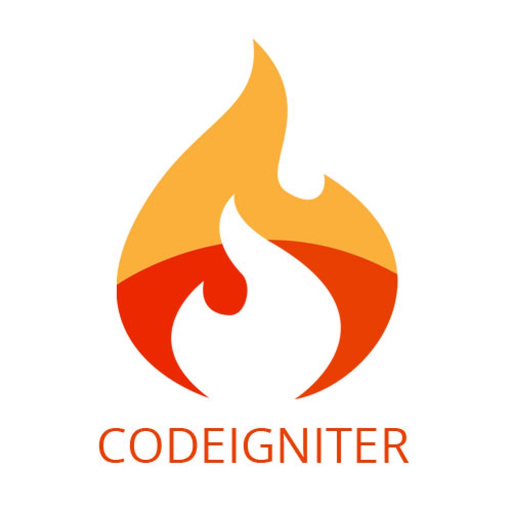- info@einnovention.us
- THIS SITE IS OWNED AND OPERATED BY MUHAMMAD AATIF NADEEM.
Codeigniter

Title: Exploring CodeIgniter for Web and CMS Development: A Comprehensive Guide
Introduction: In the ever-evolving landscape of web development, finding a framework that strikes the perfect balance between flexibility and efficiency is crucial. Enter CodeIgniter – a powerful PHP framework renowned for its lightweight structure, robust features, and impressive capabilities in building both websites and content management systems (CMS). In this blog, we'll dive into the world of CodeIgniter, exploring its benefits, features, and how it can be harnessed for both web development and CMS creation.
Understanding CodeIgniter: CodeIgniter is an open-source PHP framework designed to simplify and accelerate web application development. It follows the Model-View-Controller (MVC) architectural pattern, which encourages clean separation of concerns and enhances code maintainability. Its lightweight footprint ensures quick loading times and minimal resource consumption, making it an ideal choice for projects of various sizes.
Benefits of CodeIgniter:
- Ease of Learning: CodeIgniter's user-friendly documentation and straightforward syntax make it accessible to both beginners and experienced developers.
- MVC Architecture: The MVC pattern enhances code organization, making it easier to manage different components of a web application.
- Security: CodeIgniter includes built-in features for input validation, cross-site scripting (XSS) protection, and other security measures, reducing the risk of vulnerabilities.
- Flexibility: The framework doesn't enforce strict coding rules, allowing developers to adopt their preferred coding style and structure.
- Modular Approach: CodeIgniter supports modular development, enabling developers to create reusable components and easily integrate third-party libraries.
- Caching: Caching mechanisms help optimize application performance by reducing database queries and speeding up page loading times.
Web Development with CodeIgniter: CodeIgniter offers a seamless environment for building dynamic and interactive websites. Here's a step-by-step overview of the process:
- Installation: Download and install CodeIgniter on your server. The framework's intuitive installation process will guide you through the initial setup.
- Routing: Define URL routes to map specific URLs to controller functions, ensuring clean and user-friendly URLs.
- Controllers: Create controllers to handle user requests and logic. The controllers interact with models and views to manage data and presentation.
- Models: Models handle database interactions, data validation, and business logic. They abstract the database structure, making it easier to manage and maintain data.
- Views: Views are responsible for presenting data to users. They use HTML templates combined with PHP code to dynamically generate content.
- Form Validation: CodeIgniter simplifies form validation with its built-in validation library, enhancing user input security and accuracy.
- Templates: Utilize templating libraries to ensure consistent layouts across multiple pages, enhancing the user experience.
- Third-Party Libraries: Integrate third-party libraries and extensions to enhance functionality, from image manipulation to authentication systems.
Creating a CMS with CodeIgniter: CodeIgniter's flexibility and modular approach make it an excellent choice for building content management systems. Here's a high-level roadmap:
- Database Schema: Design a robust database schema to store content, user information, and system settings.
- Admin Panel: Develop an intuitive admin panel where content creators can manage and publish articles, images, and other media.
- User Authentication: Implement a secure user authentication system, allowing various user roles with different levels of access.
- Content Management: Build modules to create, edit, and delete content. Implement WYSIWYG editors for rich content creation.
- Frontend Templates: Design and implement frontend templates that display the published content in an appealing and organized manner.
- User Interaction: Integrate user comment systems, ratings, and social sharing functionalities to encourage engagement.
- SEO Optimization: Implement SEO best practices such as friendly URLs, meta tags, and XML sitemaps for better search engine visibility.
- Caching Mechanisms: Employ caching mechanisms to improve website performance and reduce database load.
Conclusion: CodeIgniter emerges as a versatile tool for web development and CMS creation, offering a blend of simplicity, flexibility, and robustness. Whether you're a novice developer looking to kickstart your web journey or an experienced programmer seeking an efficient solution, CodeIgniter provides a solid foundation for crafting engaging websites and powerful content management systems. Its ability to seamlessly adapt to various project scopes and requirements makes it a valuable addition to any developer's toolkit. So, embrace CodeIgniter and embark on a journey of efficient and effective web and CMS development.

